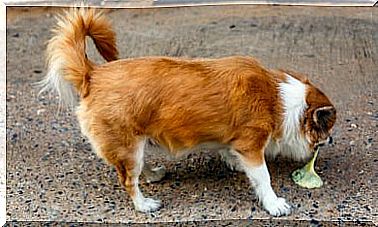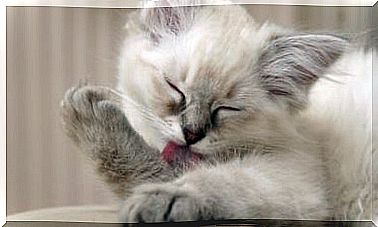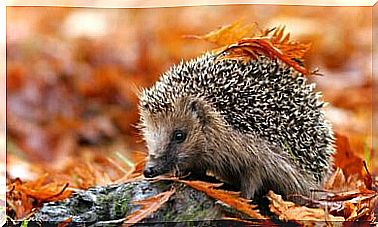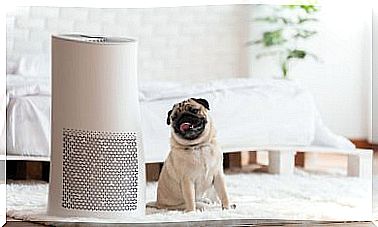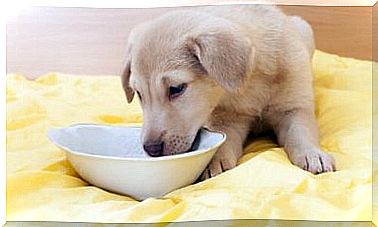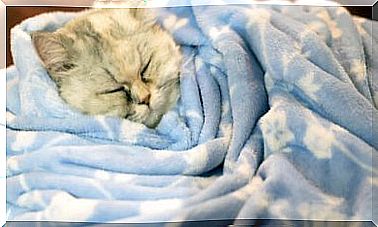Group 3 Dogs: Breed Classification According To The FCI
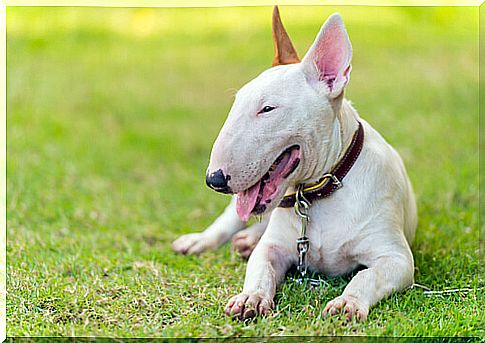
The International Cynological Federation is in charge of determining the standards of each canine breed and classifies them according to their characteristics. In this article we will tell you about the dogs in group 3 that include Terriers (large and medium size; small size; bull and companion type).
Group 3 dogs: Large and medium-sized terriers
Within this section there are 15 races. They are between them:
1. Brazilian Terrier
Medium in size, he is very playful and loves to be around. Fits in small places. It has a rounded skull, triangular ears, large dark eyes, a long body and a tricolor coat (tan, black and white). She changes her hair a lot, is very independent and somewhat reserved with strangers.
2. Irish Terrier
With an elongated, rectangular muzzle and a completely tan coat, the Irish Terrier adapts to any type of climate. It is similar to the Fox Terrier in terms of the body. He is a brave dog, easy to train, full of energy, bold and cheerful. He is also loving and patient with children.
Group 3 Dogs: Small-sized Terriers
Among the 12 breeds in this section the most famous are:
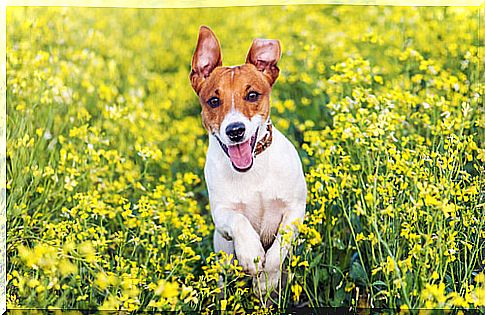
1. Jack Russell Terrier
Of British origin, although it was developed in Australia, it is almost completely white (with some brown parts), with a compact and agile body. It is quite sturdy and strong despite its small size. The hair is hard and water resistant and may have a thick chin and mustache. He is very lively, active, alert, fearless, friendly and courageous. Bark and dig anywhere.
2. West Highland White Terrier
It arose in the Highlands of Scotland and, like the other Terriers, it is quite energetic and courageous. He prefers to be the only pet in the family that he is quite attached to. It weighs a maximum of 10 kg and has a carrot-shaped tail. The body is completely white, needs constant moderate exercise, and can be on alert most of the time.
3. Scottish Terrier
Popularly called “Scottie”, it is a dog that emerged in the early 18th century in the Scottish Highlands. It is a digger par excellence, small in size, quite resistant and strong, with a muscular and fast body. The length of its snout is one of its main characteristics.
Regarding its temperament, the Scottish Terrier is very territorial, alert, agile and determined. He is intelligent, playful, self-confident and independent. They can be loving and somewhat stubborn.
Group 3 Dogs: Bull Terriers
In this section there are only 4 races, the 2 being the best known:
1. Bull Terrier
Of English origin, it is characterized by its triangular face and small eyes. He loves fun, is active and is not related to the American Pit Bull Terrier. This breed was born after several crosses: Dalmatian, Greyhound, English White Terrier, among others. He is somewhat stubborn, but he usually obeys orders, he is strong, intelligent and quite territorial (especially the males).
2. American Staffordshire Terrier
Also known as Amstaff, this dog is similar to the American Pit bull Terrier. The coat can be almost any color, it has pronounced cheeks and a black nose, the tail is short and ends in a fine point. It is normal for his ears to be cut off. Although it is considered potentially dangerous by some countries (including Spain), it is a sociable breed, protective and good guardians.
Group 3 Dogs: Pet Terriers
There are 3 breeds included in this section. The best known is:

1. Yorkshire Terrier
It arises from the cross between Scottish and English terriers during the Industrial Revolution, more precisely in the city of Yorkshire. It was very popular in the Victorian Era, one of the symbols of English Royalty.
It is small in size, but it does not lose the courage and tenacity of terriers. It tends to bark a lot, is easy to train (requires consistency), and needs plenty of exercise. It weighs a maximum of 7 kg and has silky, straight brown, silver and black hair that requires constant care.
